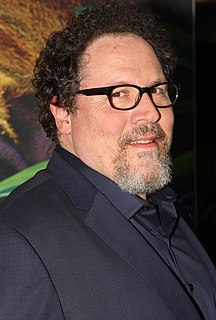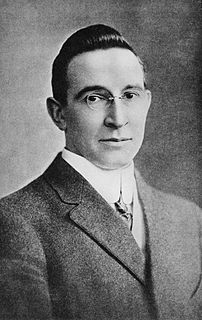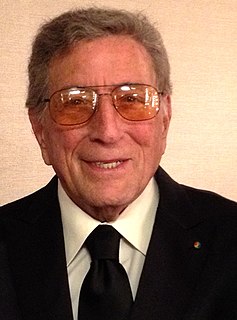A Quote by Ursula K. Le Guin
I have never heard a dancer asking for advice about how to stay focused on her footwork, or a painter complaining about the dull day-to-day task of painting. What task worth doing isn't worth daily effort? Do you think Michelangelo was having fun the whole time he was on his back painting the Sistine Chapel's ceiling?
Related Quotes
First make sure that what you aspire to accomplish is worth accomplishing, and then throw your whole vitality into it. What's worth doing is worth doing well. And to do anything well, wheter it be typing a letter or drawing up an agreement involving millions, we must give not only our hands to the doing of it, but our brains, our enthusiasm, the best - all that is in us. The task to which you dedicate yourself can never become a drudgery.
A lot of young painters love to incorporate celebrity. One idea of being a painter is to use what's happening at the time. Velázquez was painting of his time. And so was Rembrandt. And Francis Bacon was painting his time in London. He was a real mover, but he saw the insect in the rose. But yes, when I do a painting, I want to take the "I did this" out of it. That's why I started using chance, like the markings on the wood. I never wanted to compose.
I attended the High School of Industrial Arts and studied with many great artists as painting is something that you never stop learning about. Actually, in high school there was a time that I was thinking about just concentrating on painting and I asked my music teacher, Mr. Sondberg, for advice and he encouraged me to stick with the music as well. So all my life I have been singing and painting.
All that stuff about flatness - it's this idea that painting is a specialized discipline and that modernist painting increasingly refers to painting and is refining the laws of painting. But who cares about painting? What we care about is that the planet is heating up, species are disappearing, there's war, and there are beautiful girls here in Brooklyn on the avenue and there's food and flowers.
There are absences, but there are also presences. It's about how painting can evolve its own abstractions. I didn't know the painting was going to be about that, but it has to have that journey; I have to learn something, I have to end up somewhere I didn't expect to be, otherwise, I don't think it's painting.





































